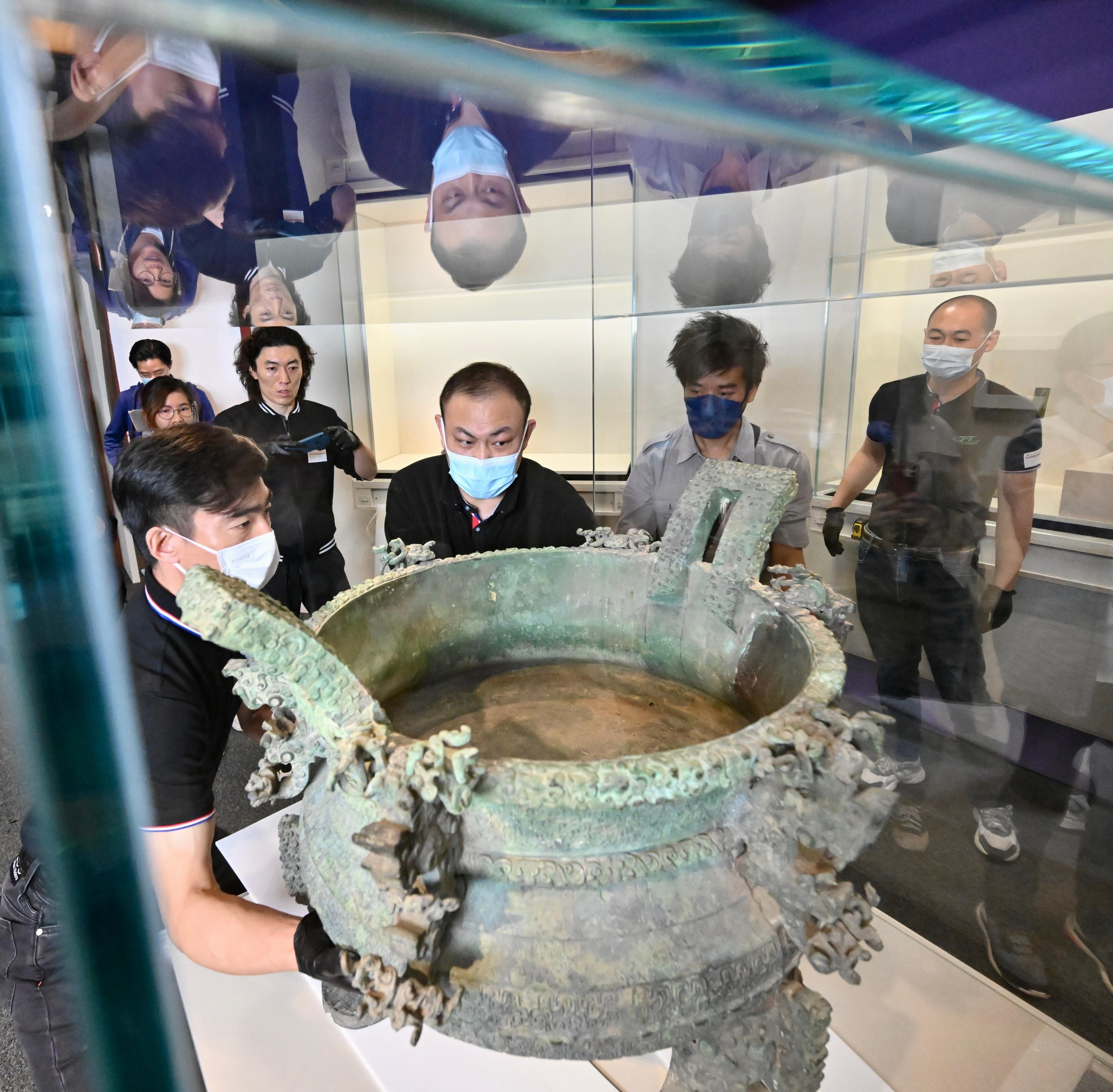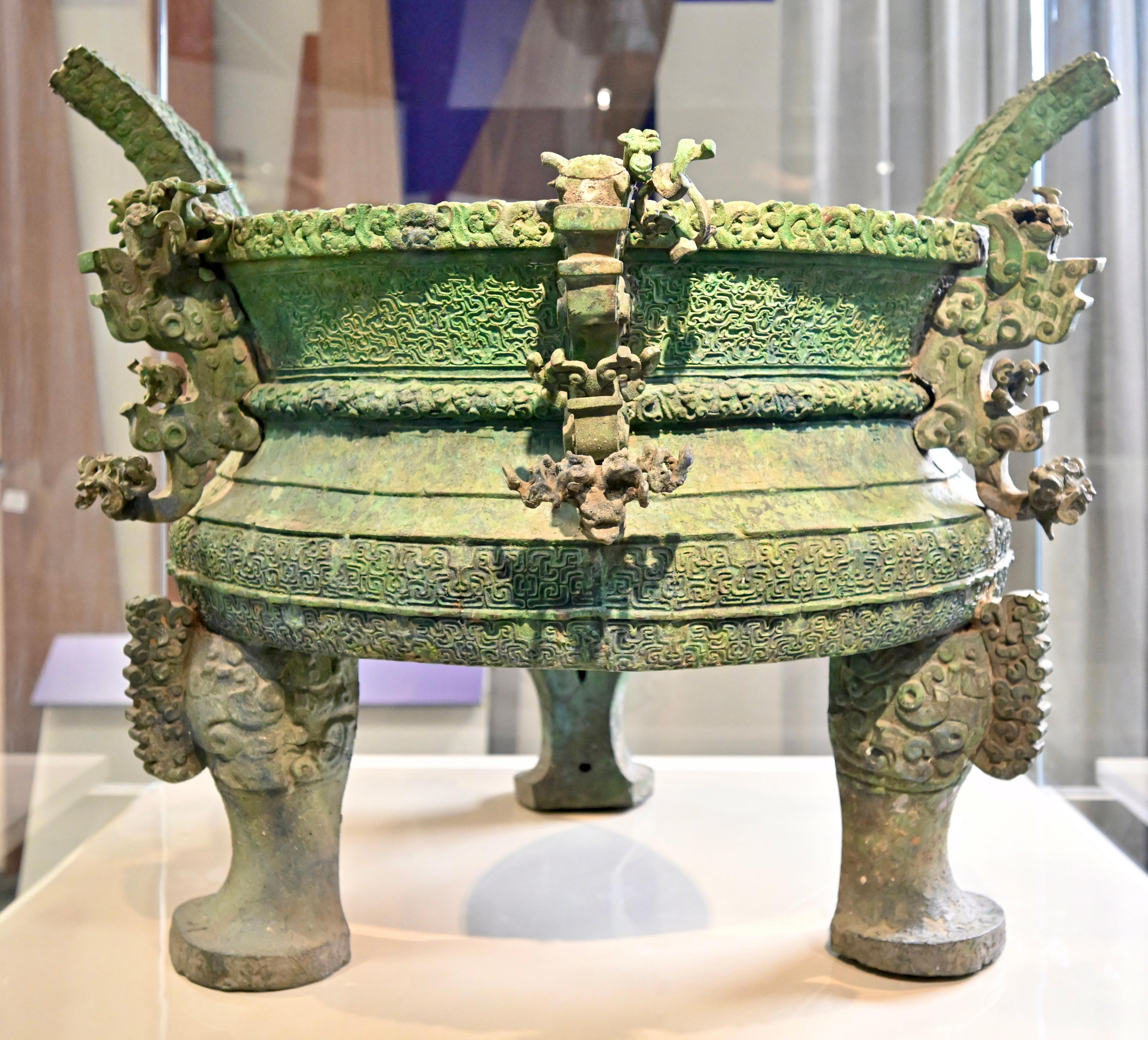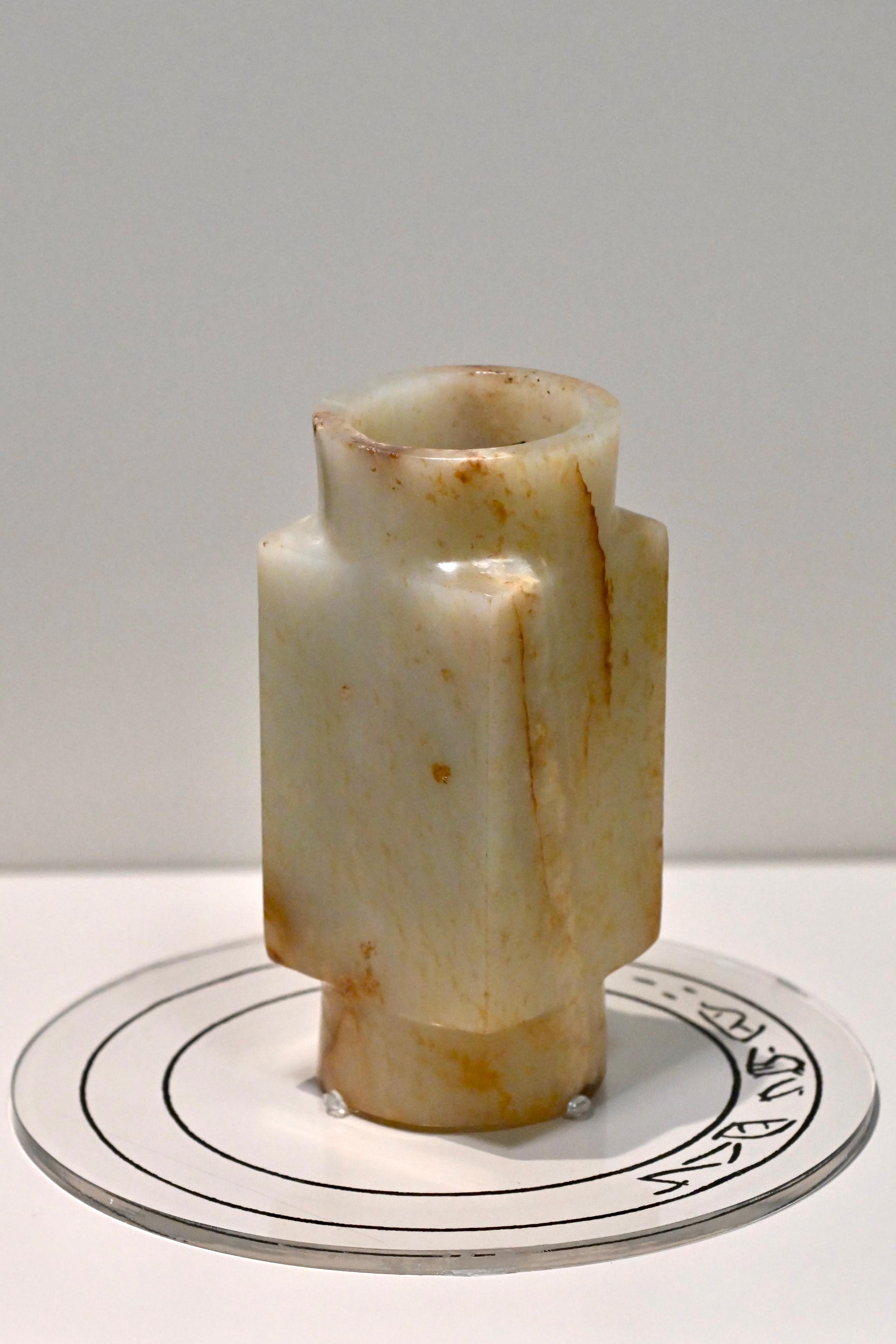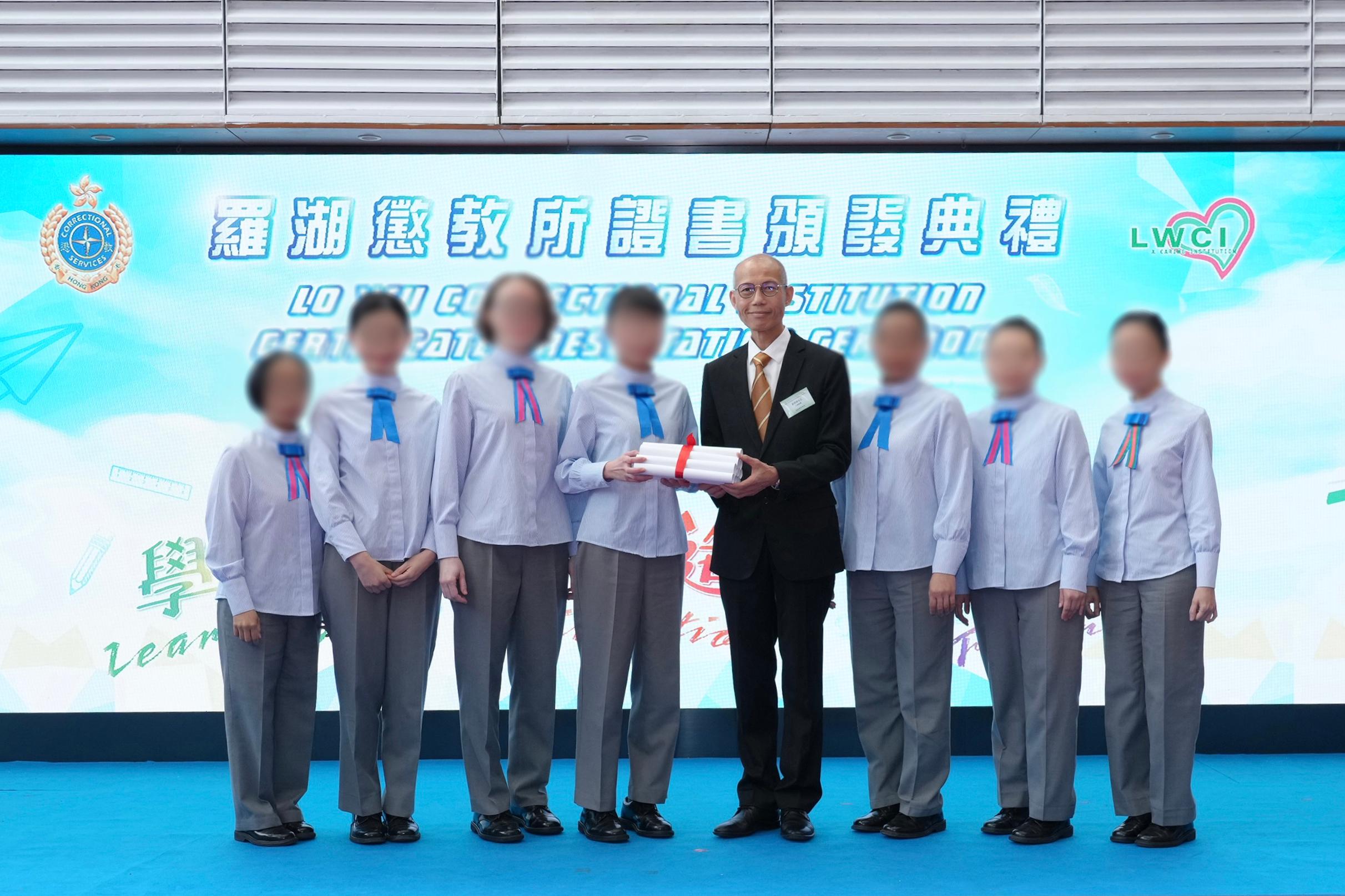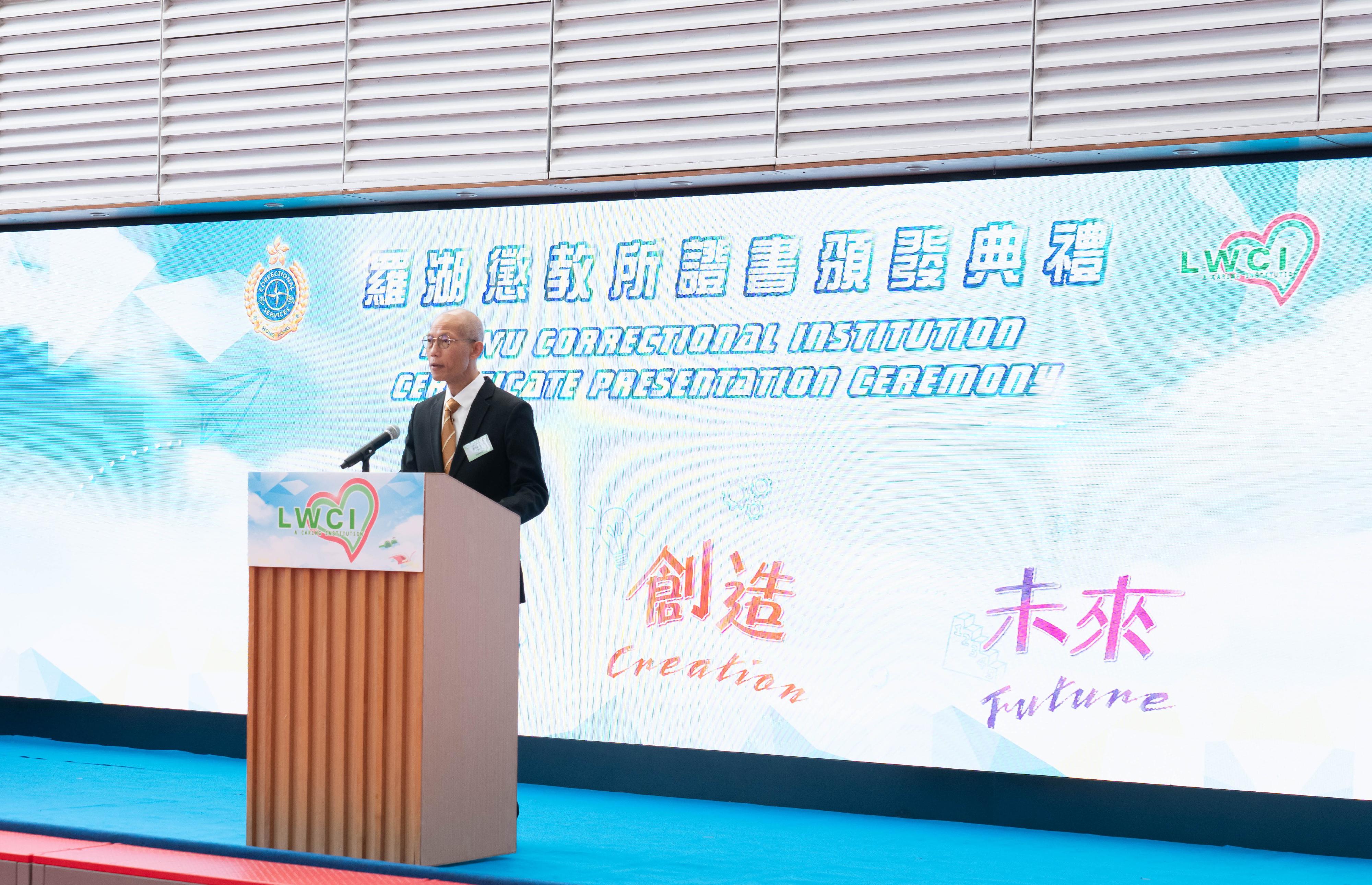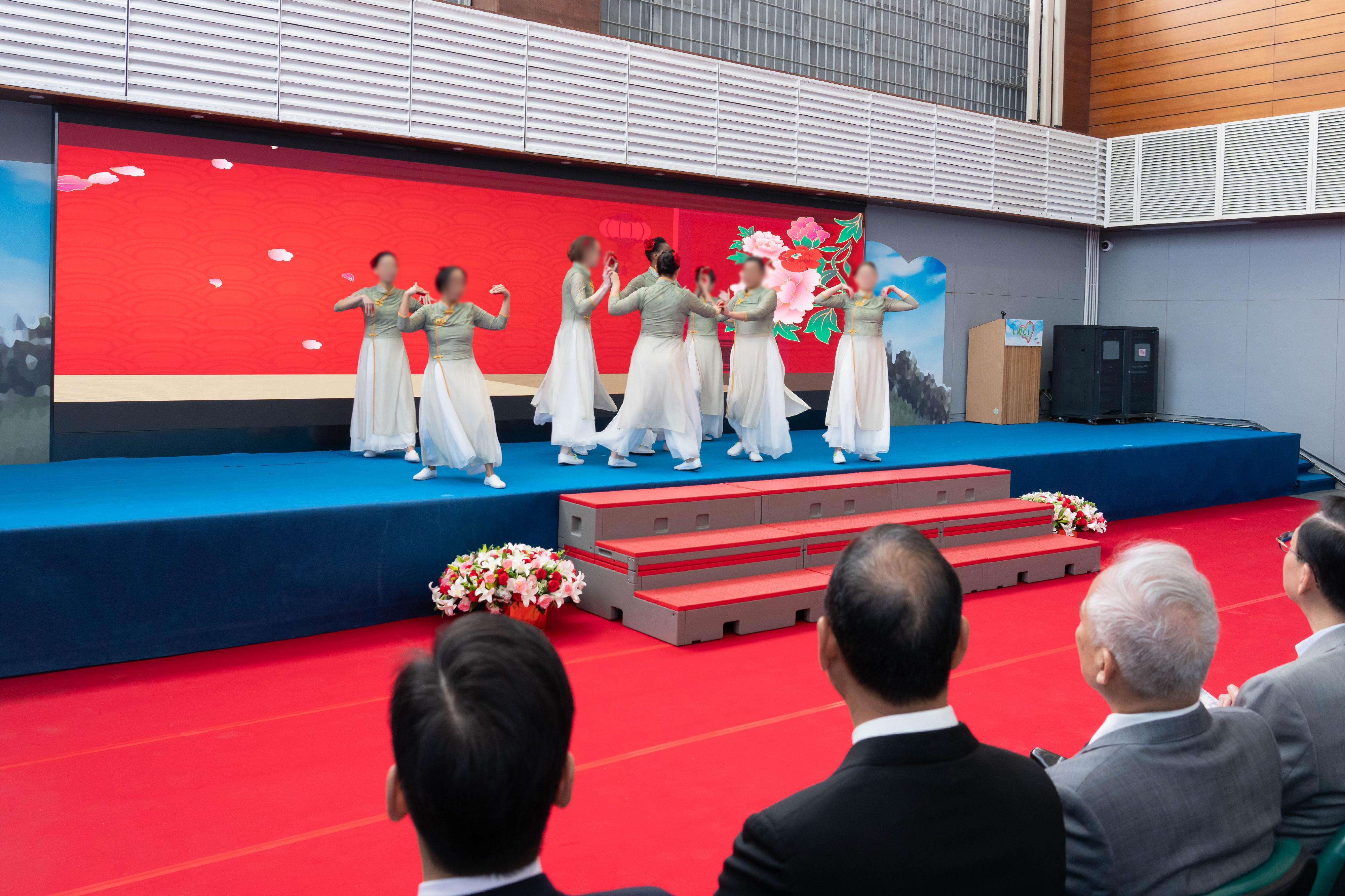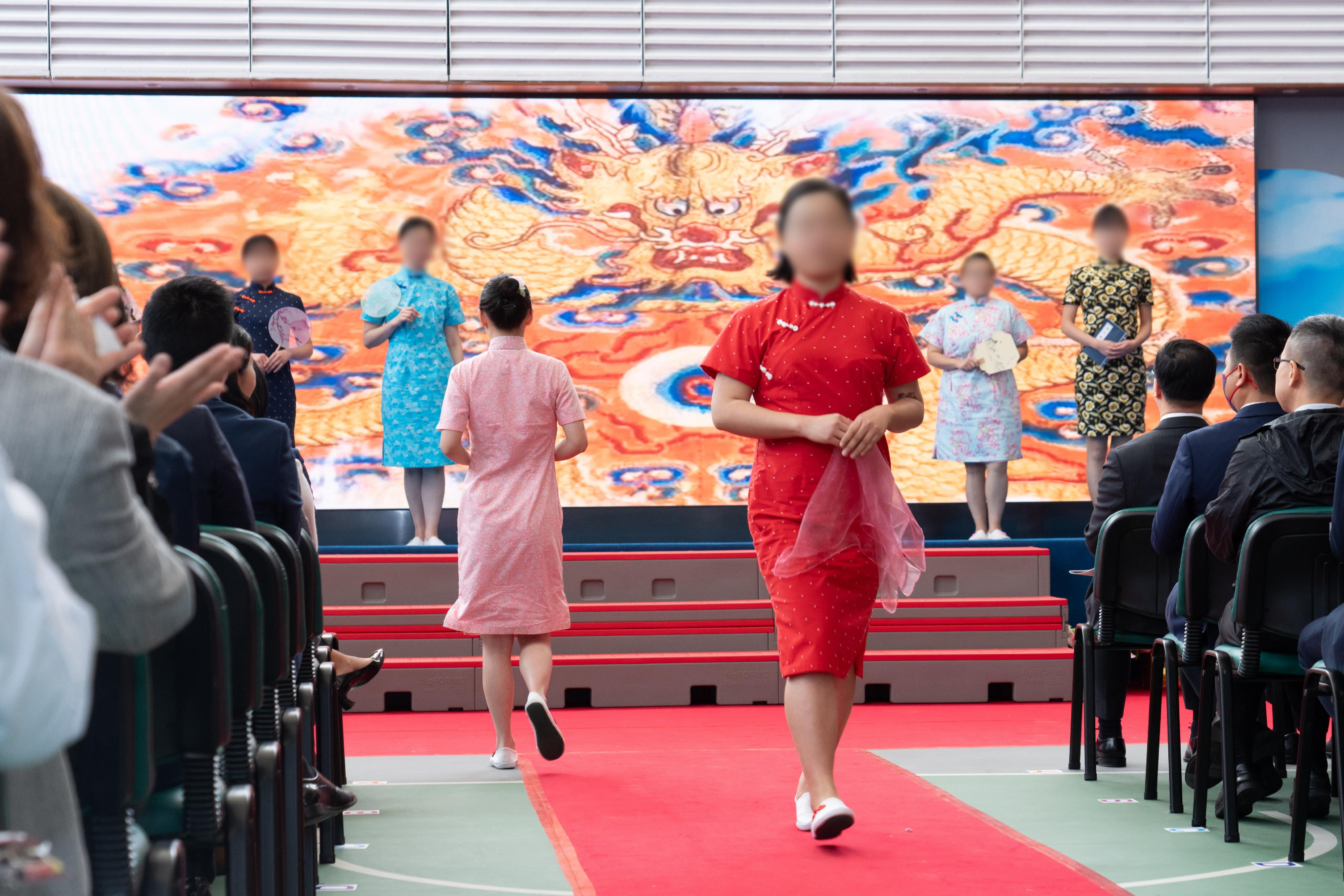Following is a question by the Hon Tang Ka-piu and a written reply by the Acting Secretary for Health, Dr Libby Lee, in the Legislative Council today (March 20):
Question:
There are views pointing out that public general outpatient clinics (GOPCs) providing evening consultation services generally cease their services at 10 pm. If members of the public need to seek medical consultation late at night, they can only go to the accident and emergency departments (AEDs) of public hospitals apart from a small number of private healthcare institutions operating late at night or overnight, resulting in long waiting time at AEDs. In addition, it has been reported that incidents in which non-urgent patients died while waiting for medical consultation at the AEDs of the public hospitals have occurred in recent years. Regarding the services of the AEDs of public hospitals, will the Government inform this Council if it knows:
(1) the patients' average waiting time for medical consultation at AEDs during the period after the cessation of evening services of GOPCs (i.e. 10 pm to 9 am the following day) in 2018 and 2023, together with a breakdown by patient category (i.e. critical, emergency, urgent, semi-urgent and non-urgent);
(2) the numbers of patients who were admitted to hospitals for observation after being diagnosed at AEDs in 2018 and 2023 and, among them, the number of cases requiring the performance of operations in the short term, together with a breakdown by patient category (i.e. critical, emergency, urgent, semi-urgent and non-urgent);
(3) the numbers of cases in which after triage at AEDs, the conditions of patients worsened or patients died as a result of delay in treatment while they waited for medical consultation at AEDs, and the numbers of relevant complaints received by the Government, in 2018 and 2023;
(4) the following information on each GOPC providing evening consultation services in 2018 and 2023: (i) the average daily quota for evening consultation services, (ii) the average daily attendance for evening consultation services, and (iii) the average daily utilisation rate of the quota for evening consultation services (set out in the table below); whether the Hospital Authority has considered increasing the quota for evening consultation services and the number of clinics providing evening consultation services, so as to facilitate members of the public to seek medical consultation at night and reduce the burden on AEDs; if so, of the details; if not, the reasons for that; and
GOPCs providing
evening consultation
services
|
(i) |
(ii) |
(iii) |
| 2018 |
2023 |
2018 |
2023 |
2018 |
2023 |
| |
|
|
|
|
|
|
(5) the supply of evening consultation services by private healthcare institutions in various districts in the past year, with a breakdown by District Council district and service period (i.e. (i) before midnight or late at night, and (ii) overnight); whether the Government has considered launching measures to encourage more private healthcare institutions to introduce evening, late-night or overnight consultation services, and help and encourage the diversion of members of the public with a need to seek medical consultation at night to private healthcare institutions, so as to reduce the burden on AEDs?
Reply:
President,
In consultation with the Hospital Authority (HA), the reply to the various parts of the question raised by Hon Tang Ka-piu is as follows:
(1) – (3) At present, there are 18 public hospitals under the HA providing Accident and Emergency (A&E) services for critically ill or seriously injured people and victims of disasters. To ensure that citizens with urgent needs can receive timely services, A&E departments implement a patient triage system under which patients are classified into five categories, namely Critical, Emergency, Urgent, Semi-urgent and Non-urgent based on their clinical conditions, and will receive treatment as prioritised by their urgency category. The HA's service targets specify that all Critical patients (i.e. 100 per cent) will receive immediate treatment, and Emergency and Urgent patients will be prioritised for treatment upon arrival at A&E departments, with the targets being that most Emergency (95 per cent) and Urgent (90 per cent) patients will be treated within 15 or 30 minutes respectively. A&E departments are not General Out-patient Clinics (GOPCs). If there are a large number of Semi-urgent or Non-urgent patients in A&E departments, it may affect the provision of treatment for Emergency and Urgent patients.
The number of HA A&E attendances by triage categories and timeslots, the average waiting time for each triage category, the number of hospital admissions through A&E and the number of such admissions who underwent surgery in operating theatres within 24 hours of admission in 2018 and 2023 are set out in Annex 1. Patients triaged as Critical, Emergency and Urgent are handled immediately and with priority according to the HA's service targets. If the conditions of patients triaged as Semi-urgent and Non-urgent worsen while waiting, healthcare staff on site will assess whether the patients' triage category needs to be adjusted depending on the situation. The HA does not maintain statistics on the number of complaints related to delay in treatment or death while waiting for A&E services.
Over the past ten years, the number of Critical, Emergency and Urgent cases in A&E departments increased from a monthly average of about 61 000 cases in 2014 to a monthly average of about 68 000 cases in 2018, and even reached a monthly average of approximately 73 000 cases in 2023. As for patients classified as Semi-urgent or Non-urgent, their conditions are generally stable and not life-threatening, such as infection with stable episodic illnesses like influenza or gastro-intestinal discomfort. Most of these patients can be treated by GOPCs, private doctors or private hospitals. Semi-urgent and Non-urgent cases have accounted for 55 per cent to 65 per cent of the total cases in the past ten years, inevitably crowding Critical, Emergency and Urgent cases out of receiving treatment with A&E resources. In fact, since A&E departments provide emergency medical services to patients with more urgent conditions, if A&E departments receive patients with more critical conditions, they will have to deploy healthcare staff to rescue the more critical patients and patients classified as Semi-urgent or Non-urgent will need to wait for a longer period of time.
(4) 74 GOPCs under the HA provide non-emergency out-patient services of over five million attendances each year. GOPCs are mainly positioned to serve low-income persons and socially disadvantaged groups with priority, chronic disease patients with stable medical conditions and patients of episodic illnesses with relatively mild symptoms. To cope with the increasing service demand, the HA has all along been committed to strengthening the service capacity of GOPCs, including evening out-patient services. At present, there are 23 GOPCs providing evening out-patient services. The relevant service utilisation figures are set out in Annex 2.
Generally speaking, the operation of an out-patient clinic needs to be supported by the teamwork among doctors, nurses, pharmacists, dispensers, patient service assistants, clerical staff and supporting staff, etc, while other members of the allied health profession may also be involved. To optimise the mobilisation of the GOPC resources and in view of the current manpower resources situation, clinics in the same district complement one another for better synergy. It is therefore more cost-effective to increase the consultation quotas in those clinics which are already providing evening service now. The HA is aware of the keen service demand of the public for public primary healthcare services, and will continue active recruitment efforts with a view to further enhancing the service capacity of GOPCs (including evening clinics) as manpower situation permits.
(5) To allow A&E departments of public hospitals to focus on handling emergency and urgent cases, the Government and the HA have been encouraging patients with milder conditions to use more primary healthcare and family doctors' services in the community, so as to effectively alleviate the pressure on public A&E services.
In fact, the primary healthcare needs of the majority of citizens are currently taken care of by the private healthcare sector with annual out-patient attendances of about 20 million. The Primary Healthcare Office (PHO) and the District Health Centres (DHCs) have been actively encouraging private hospitals, private healthcare institutions and private doctors in the local networks to provide consultation services during evenings and holidays.
At present, most private hospitals have been providing round-the-clock services. The information maintained by the Government at the moment on the service hours of out-patient and A&E services of licensed private hospitals under the Private Healthcare Facilities Ordinance (Cap. 633) is set out in Annex 3. Meanwhile, the public can access the practice details of primary healthcare providers via the Primary Care Directory (the Directory) (website: www.pcdirectory.gov.hk) based on their personal needs. Such information includes the service hours (e.g. whether evening services are provided) and the scope of services provided. As of March 12, 2024, 3 808 doctors, 402 dentists and 2 343 Chinese medicine practitioners are listed in the Directory. Among them, 1 084 medical practice premises, 156 dental practice premises and 1 047 Chinese medicine practice premises provide services during the timeslot from 6pm to midnight (the above service providers may provide services at multiple practice premises). In addition, A&E departments of public hospitals also provide information on the private healthcare institutions and family doctors providing services across 18 districts of Hong Kong during holidays for the public's reference, so that they may identify suitable hospitals or clinics for consultation if necessary.
On the other hand, the HA implemented a series of special measures to cope with the service surge during and after the Lunar New Year holiday this year, including increasing the number of operating GOPCs and service quotas, implementing a special refund arrangement in A&E departments and enhancing services of the 18 Chinese Medicine Clinics cum Training and Research Centres to provide government-subsidised Chinese Medicine out-patient services. The special refund arrangement in A&E departments allowed patients who had not attended a consultation within 24 hours after registration to request a refund of the $180 A&E fee. The refund would be made within one month as far as possible. This measure provided patients with stable and less severe conditions with more flexibility in choosing alternative consultation arrangements, such as seeking consultation at other private healthcare institutions, with a view to diverting patients and alleviating the pressure on A&E departments, enabling A&E departments to focus resources on taking care of patients in need.
In addition, to minimise the impact of service demand surge on the public healthcare system, the Health Bureau also collated information of private hospitals, healthcare facilities, family doctors and Chinese medicine clinics which operated during the Lunar New Year holiday across 18 districts of Hong Kong, and collaborated with the Spatial Data Office of the Development Bureau and the Lands Department on uploading the information of relevant hospitals and clinics (including addresses, phone numbers and service hours) to an online portal for public's reference. Such a move aims to enable citizens in need to identify suitable hospitals or clinics for medical treatment.
The Government and the HA will continue to review the effectiveness of the measures from time to time and introduce more measures as necessary to alleviate the pressure on public A&E services.
